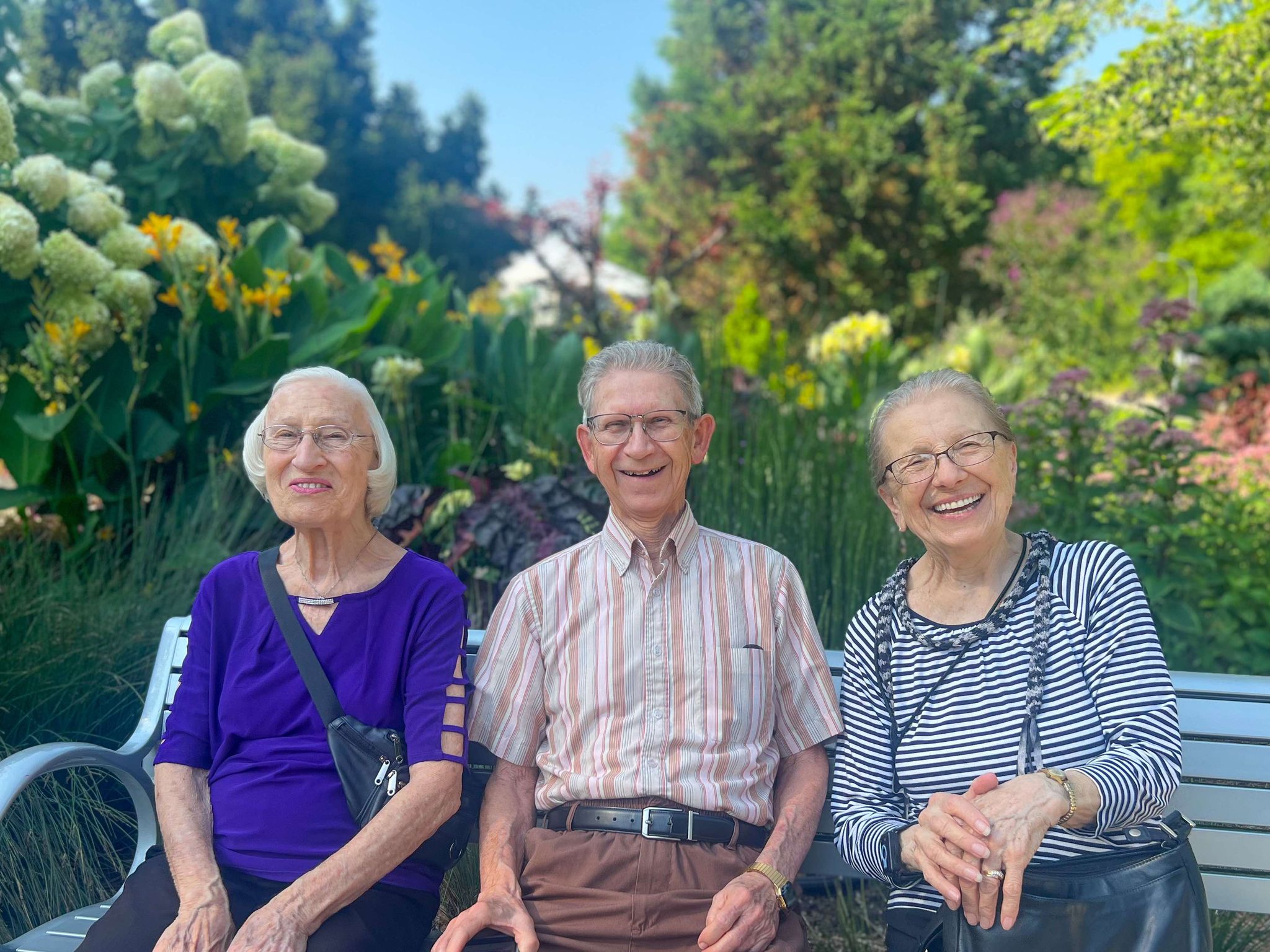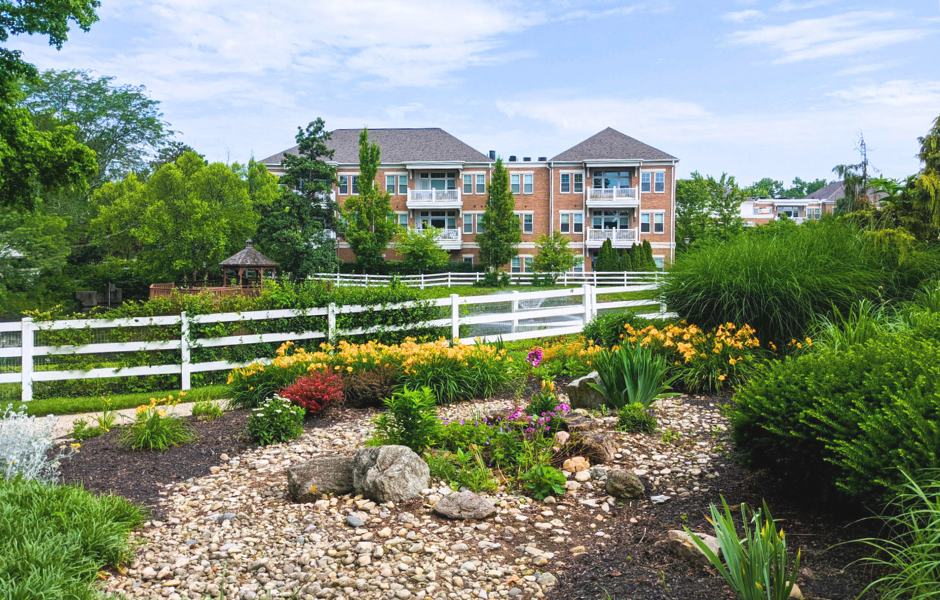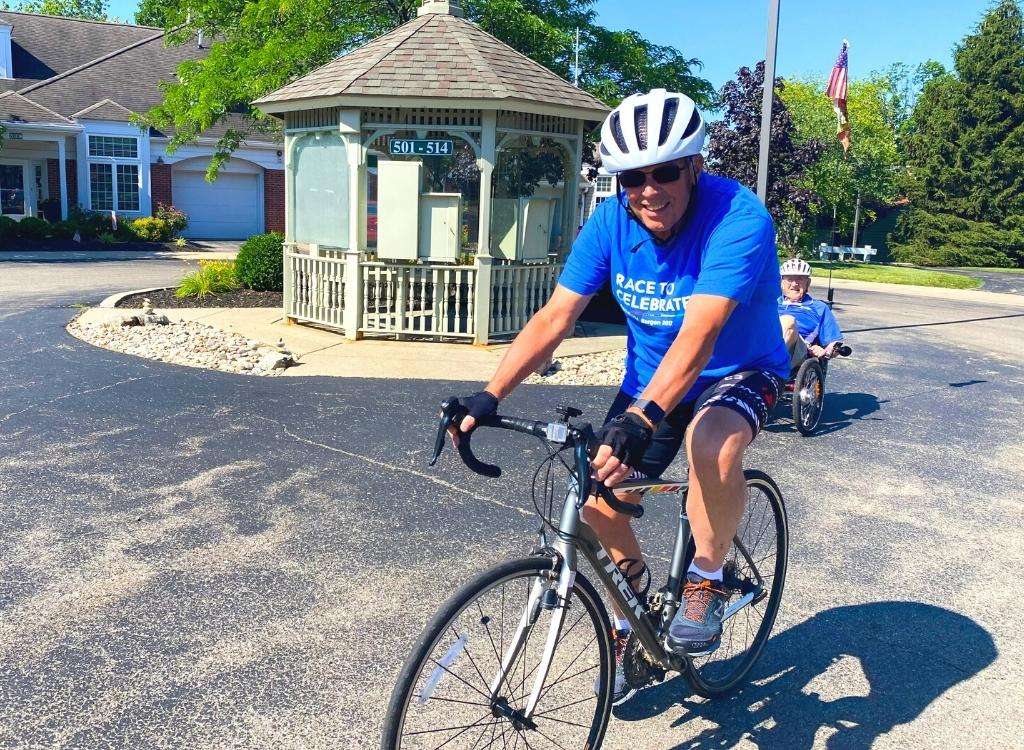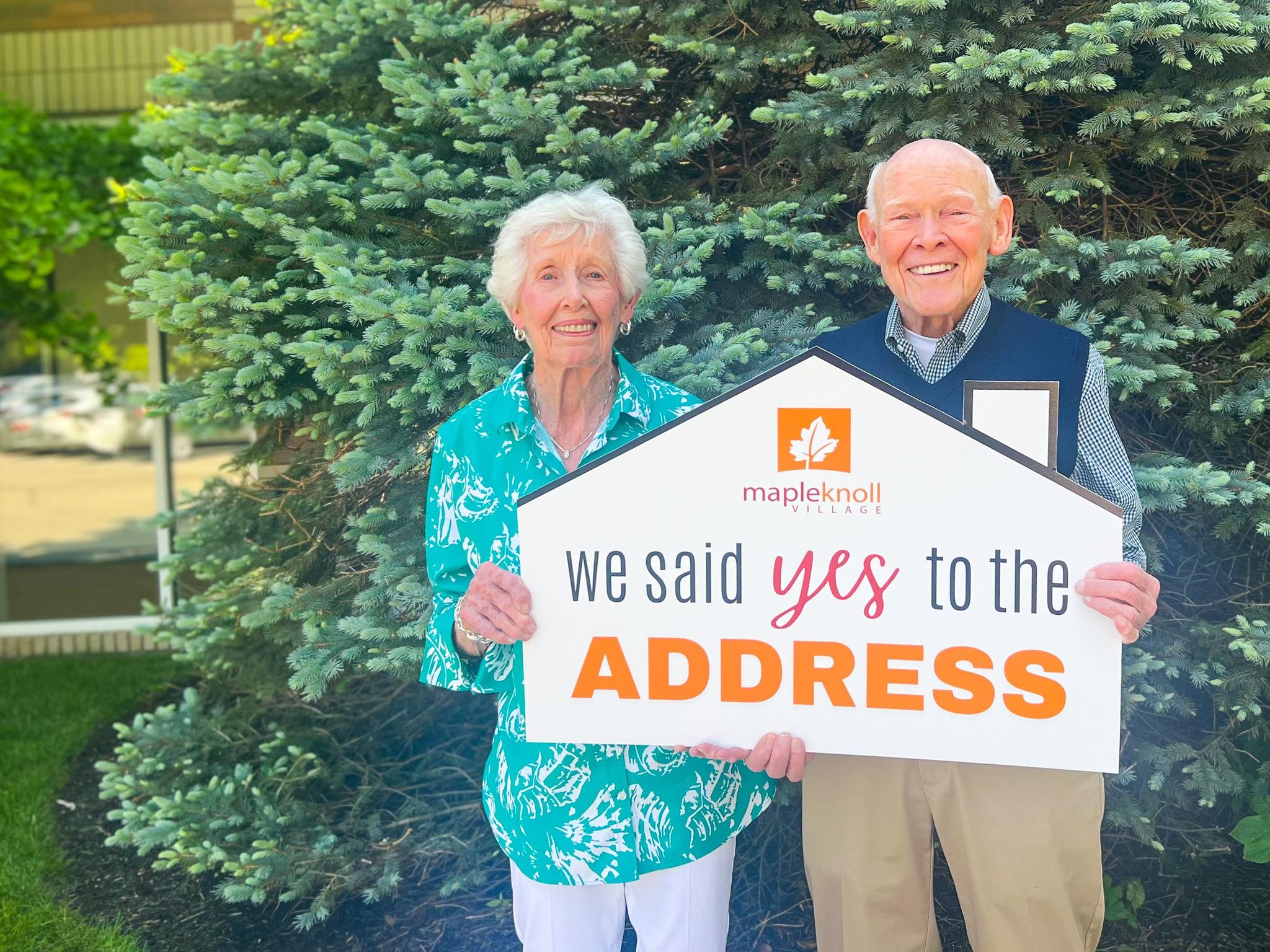As the year draws to a close, now is the perfect opportunity to reflect on the past 12 months and set meaningful goals for the new year. Taking time to look back and plan ahead can foster a sense of accomplishment and inspire fresh motivation. Here’s a guide to help you navigate this reflective and forward-looking process.
Reflecting on the Past Year
- Celebrate Your Achievements
- Take a moment to list your accomplishments, big or small. Did you learn something new, deepen relationships, or try something outside your comfort zone? Celebrate these victories as reminders of your resilience and growth.
- Revisit Memorable Moments
- Reflect on the moments that brought joy, connection, or personal growth. These memories can be cherished as you move into the new year. Consider creating a scrapbook or journaling these highlights to revisit later.
- Acknowledge Challenges
- Life isn’t without its hurdles. Reflect on the challenges you faced and consider what you learned from them. This perspective can help you appreciate your strength and guide your approach to similar situations in the future.
- Express Gratitude
- Gratitude can improve overall well-being. Make a list of things, people, or experiences you’re thankful for this year. Sharing your gratitude with loved ones can deepen your connections.
Planning for the New Year
- Set Realistic Goals
- Goals provide direction and purpose. Whether it’s learning a new skill, dedicating time to a hobby, or improving physical health, focus on goals that align with your passions and capabilities.
- Prioritize Health and Wellness
- Make your well-being a top priority. Plan regular check-ups, commit to a manageable fitness routine, or explore mindfulness practices to enhance mental health.
- Nurture Relationships
- Strengthen your connections with friends and family. Set goals to stay in touch regularly, schedule visits, or join groups that align with your interests.
- Embrace Lifelong Learning
- Learning keeps the mind sharp and curious. Set a goal to explore something new, whether through books, online classes, or local workshops.
- Plan Adventures
- Life is an adventure at any age. Plan trips, outings, or local experiences to look forward to in the coming year. These plans can ignite excitement and bring a sense of purpose.
Practical Tools for Reflection and Planning
- Create a Vision Board: Visualizing your goals can keep you motivated and inspired throughout the year.
- Use a Journal: Documenting thoughts, reflections, and progress can provide clarity and track your journey.
- Partner with Friends: Share your goals with a friend or group for mutual support and accountability.
As you look back on the year and prepare for the next, remember that each day is an opportunity for growth, joy, and connection. Reflection and planning are not only tools for personal development but also ways to appreciate the richness of life. Here’s to a fulfilling year ahead!











